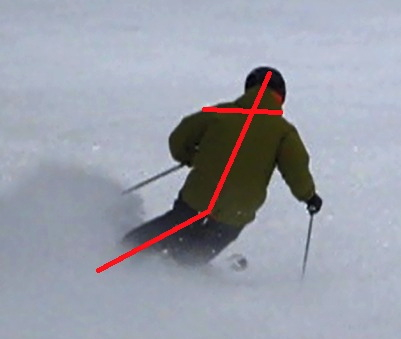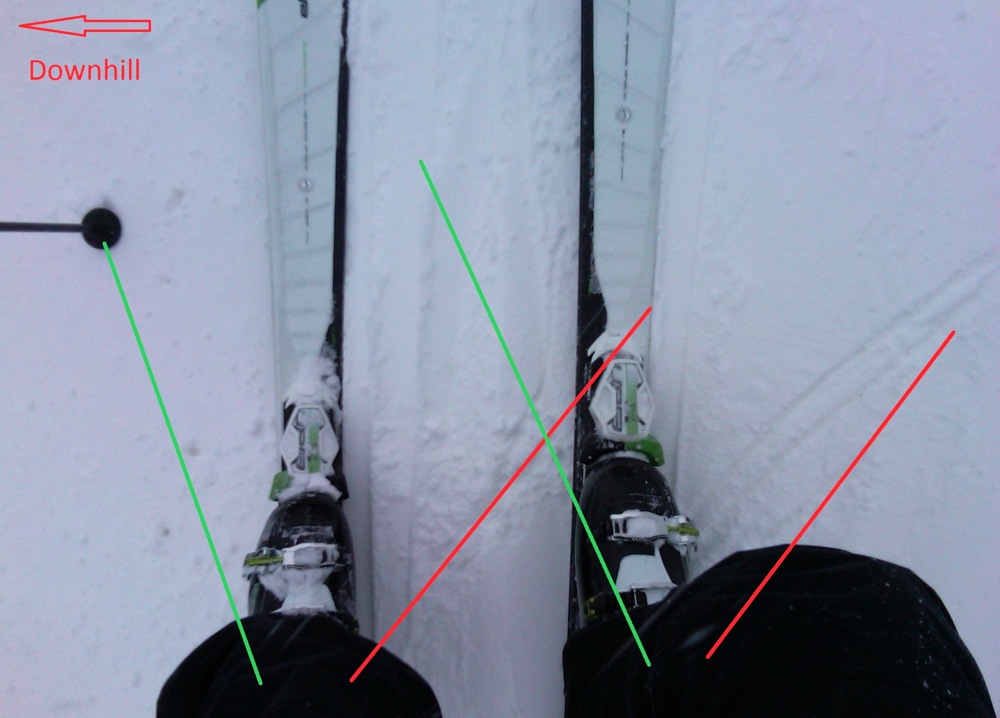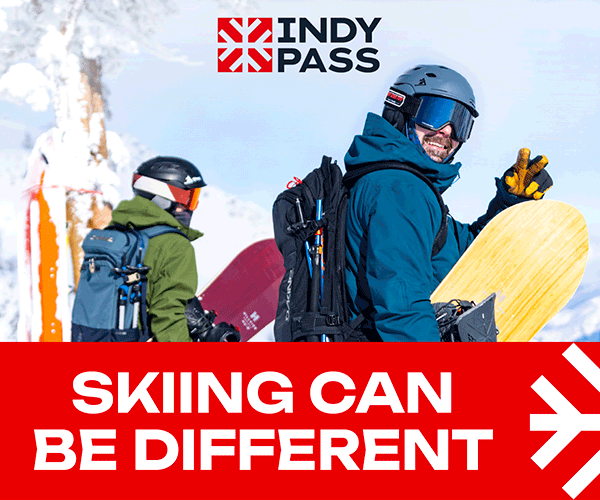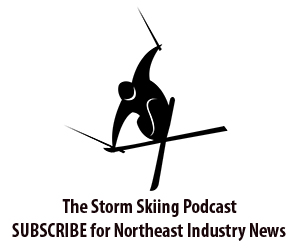This past week, I attended the Master’s Academy at Killington skiing with PSIA Demo Team Member Robin Barnes. Robin skis 300 days a year working at Heavenly during our winter and is the ski school director at Portillo during our summer.
The key concept for our group was a simple stance adjustment to make sure we had contact with both ankles on the boot cuff all through the turn. A more traditional PSIA turn concept is to start the long-leg / short-leg extension in your ankle, so this was surprisingly tricky to master for our group of experienced level 3 instructors.
We spent the first two days focusing exclusively on this adjustment so we could make it second nature. It takes lots of repetition to break a long-term movement pattern. The key thought for me is to feel the ankle / lower-leg biting and holding onto the lower part of the boot tongue. Robin suggested that we imagine we had teeth tattooed on our lower legs and ankles. The extension / flexion for pressure control comes from the knees and not the ankles.

 Last month I made a connection between
Last month I made a connection between 


